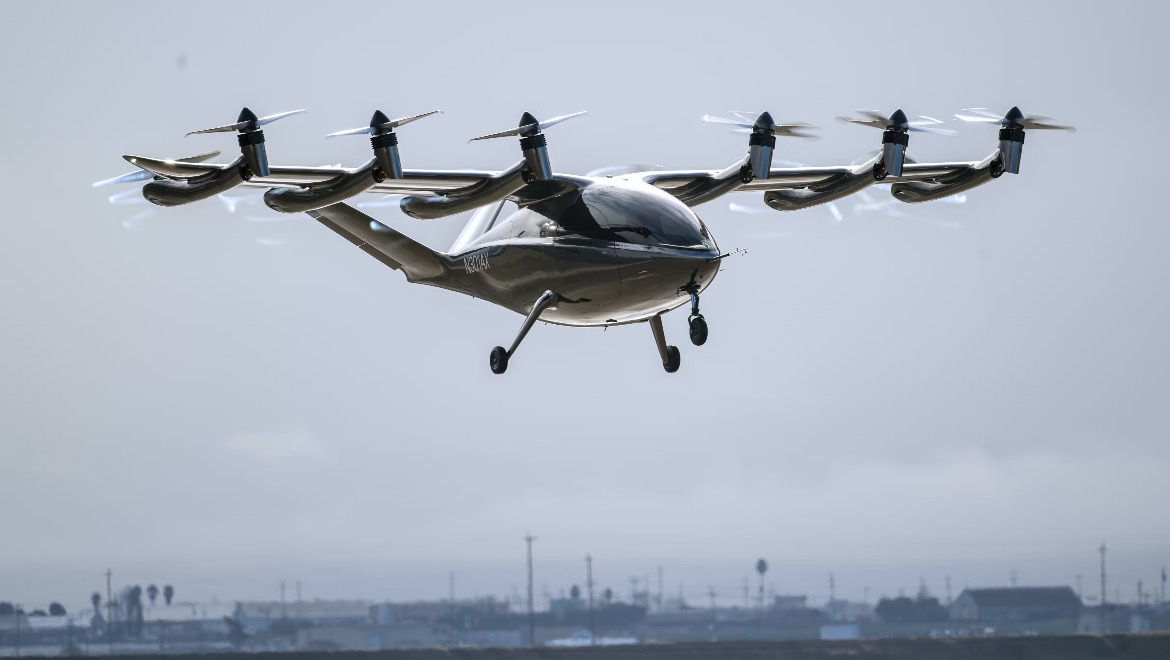
California-based eVTOL manufacter Archer Aviation has predicted that it will produce approximately 250 battery-electric air taxis in 2025 with production ramping up in following years.
“In our first year, we will build 250 aircraft, our second year will build 500 aircraft, our third year will build 650 aircraft, and then we scale it up to around 2,000 aircraft per year,” said CEO Adam Goldstein to Reuters.
Archer is set to reveal the new aircraft — called ‘Midnight’ — at an open house on November 16, where it will unveil the tech specs and show off a test flight.
Midnight is a four-passenger plus pilot electric vertical take-off and landing (eVTOL) aircraft, able to carry over 450kg which will take on flights of around 32 kilometers (20 miles) with a 10-minute charge turnaround time, targeting trips that would otherwise take an hour via car.
United Airlines has already put down a US$10 million ($15.8 million) deposit for an order of 100 of the new aircraft. The deal in the end will cost $1 billion.
Despite the vehicle looking to be on track for its 2025 deadline with full transition flight to be tested before the end of the year, certification looks to be a major obstacle for not only Archer, but other companies looking to enter the market.
Archer intends to have the eVTOL certified by 2024, however the Federal Aviation Administration (FAA) is yet to formulate certification guidelines for the futuristic aircraft.
When technology is this revolutionary — particularly in the way it will change the very scope of intracity travel — the development of appropriate safety procedures, traffic management operations and laws, battery technology improvements and more means that rollout can be heavily impeded.
Adding to certification delays, the FAA has defined eVTOLs as ‘powered-lift aircraft’ rather than small airplanes, which means establishing a whole new set of rules and definitions.
JP Morgan analyst Bill Peterson expects that Archer’s actual production numbers will be but a sliver of what it forecasts.
“In terms of aircraft production, we have estimated in our Archer model [approximately] 20 units in 2025,” he said.
“We are not negative on the space, but think it will take a little longer to play out with the ramp not as steep as these companies had projected in their SPAC decks from over a year ago.”
Despite the technology being unavailable to consumers for at least the next few years, the market is already saturated, meaning Archer will have rivals such as Joby Aviation Inc. and Vertical Aerospace Ltd. to compete with.
Archer Aviation’s shares have plunged 55.75 per cent over the last year to date.











